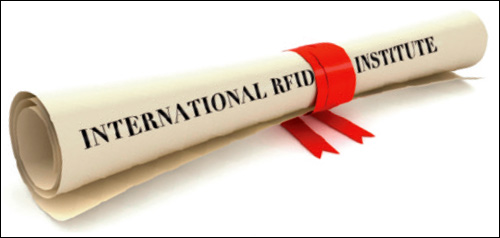Jun 24, 2015Since the first RFID Journal LIVE! conference and exhibition in 2003, the event has been a barometer of the state of the radio frequency identification industry. The number and makeup of attendees, including end users and exhibitors, at LIVE!—the world's largest trade show focused on RFID technology—has indicated how the industry is faring.
In 2008, for example, the technology was gaining traction despite the fact that few retailers embraced Walmart's approach of tagging pallets and cases. Attendance that year jumped to 3,000 from roughly 2,500 a year earlier. Then came the financial collapse in September 2008, and attendance the following year fell to 2,400 people, as many companies put new technology projects on hold.
Analysis of attendance at LIVE! 2015 suggests the industry is beginning to regain the traction last seen in 2008. From 2009 to 2012, attendance remained flat, at around 2,500 attendees, as companies struggled to recover from the recession. Lawsuits aimed at users of passive ultrahigh-frequency technology also led companies to take a wait-and-see approach.
Attendance picked up slightly in 2013 and a little more in 2014. This year, overall attendance rose by 8 percent to just more than 3,000 attendees, a sign that interest in deploying the technology is picking up. Paid attendance, which includes end users, systems integrators and resellers, picked up by 10 percent from last year.
Moreover, more attendees purchased comprehensive conference passes, as opposed to exhibit hall-only passes, indicating strong interest in learning how to deploy RFID systems. The number of companies that sent more than one person to the event rose 34 percent over last year, again indicating strong interest in deploying RFID. Half of attendees were from companies with more than 1,000 employees, indicating large companies with complex operations are most interested in the technology.
Attendees hailed from 60 nations, the most ever for a LIVE! event. In 2014, attendees came from 53 countries, and in the previous five years the average was 42 countries. This suggests end users worldwide are seeing RFID as a solution to some of their business problems. There were many attendees from the industries typically seen at LIVE!—including retail, manufacturing, energy and logistics—but there were more from marketing firms and entertainment companies this year, indicating adoption is expanding to new sectors.
Adoption is clearly on the upswing in retail, where it is gaining the most traction among department stores. Most leading department store chains—including Dillard's, J.C. Penney, Kohl's, Macy's, Nieman Marcus, Nordstrom, Saks Fifth Avenue and Target—sent representatives. Several overseas department stores attended as well, as did a number of apparel and footwear suppliers and specialty retailers.
More bar-code resellers, systems integrators and other companies attended the event to learn how to deploy RFID, so they could meet customer demand. Two SIs told me they've been getting more inquiries about RFID, and they wanted to develop relationships with tag, reader and software vendors. The president of a company that manufactures tickets said he's being pressured by events organizers to offer RFID-enabled tickets, as well as interactive social media kiosks. He had no clue how to provide these things, so he came to the event to meet companies that could help him. And the director of operations from a company that provides asset-management solutions for Fortune 500 firms said more customers were asking for RFID tags to be used on equipment instead of bar codes.
All these trends point to a maturing RFID industry and a growing interest in the technology, but adoption still remains slow. Fewer than 5 percent of companies in any one industry use RFID today. But as adoption picks up, it will accelerate. More success stories will lead to more companies deploying.
The rate of technology adoption is not linear—just look at PC sales. During the first 10 years after the first PC was released in 1975, cumulative sales totaled just more than 17 million units. The next decade, sales were nearly 194 million units. And in the 10 years after that, sales expanded to 1.15 billion units. The number of RFID deployments during the next 10 years will dwarf the number we saw in the past 10 years, and in the 10 years after that, RFID will likely become ubiquitous. Luckily, RFID Journal has booked space at convention centers that provide us ample area to expand the event.

